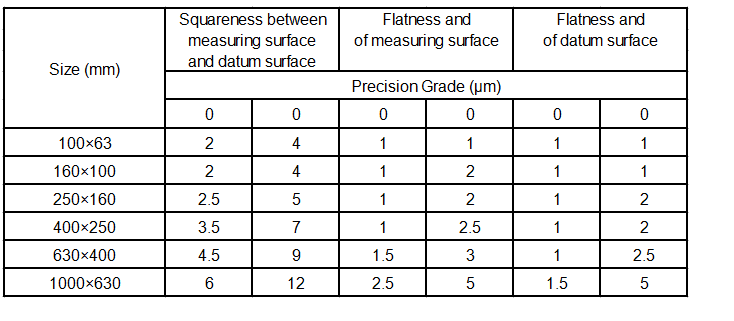Dec . 01, 2024 01:34 Back to list
20 mm Gate Valve Specifications and Applications for Efficient Fluid Control
Understanding 20 mm Gate Valves A Comprehensive Overview
Gate valves are integral components in various piping systems used across industries such as water supply, oil and gas, chemical processing, and many others. Among the different sizes and types, the 20 mm gate valve holds particular significance due to its versatility and use in both residential and industrial applications. This article aims to provide a comprehensive overview of the 20 mm gate valve, its construction, working principles, advantages, and applications.
Construction of a 20 mm Gate Valve
A gate valve is primarily composed of a few critical parts the body, gate (or disc), bonnet, stem, and seats. The body is the main structure that contains the flow, while the gate is a movable component that opens and closes the flow passage.
In a 20 mm gate valve, the body is usually made of durable materials such as cast iron, brass, or stainless steel. The choice of material depends on the fluid that will be handled and the environment it will be used in. The gate can vary in design, with wedge-shaped gates being common for their efficiency and reliability in sealing against the flow.
The bonnet serves as a protective cover for the internal components, and it is typically bolted to the body for easy maintenance. The stem connects the gate to the handwheel or actuator, providing the necessary movement to open or close the valve. Seats are crucial for ensuring a tight seal when the valve is closed, preventing any leakage.
Working Principle of a 20 mm Gate Valve
The working principle of a gate valve is straightforward. When the handwheel is turned, the stem moves the gate up and down within the valve body. To open the valve, the gate is raised, allowing fluid to flow through the passage. Conversely, to close the valve, the gate is lowered until it fits snugly against the seats, effectively blocking any flow.
Gate valves are designed to be either fully open or fully closed; they do not function well as throttling devices. This characteristic makes them ideal for on/off service rather than flow regulation. The linear motion of the gate also minimizes turbulence and pressure drop across the valve, making it suitable for high-flow applications.
gate valve 20 mm

Advantages of Using 20 mm Gate Valves
1. Low Pressure Drop One of the primary advantages of gate valves is their ability to maintain a low pressure drop when fully open. The design allows for unrestricted flow, which is particularly beneficial in piping systems that require high flow rates.
2. Durability Made from robust materials, a 20 mm gate valve is built to withstand harsh environments, making it a reliable choice for various applications.
3. Simple Operation The straightforward mechanism of gate valves means they are easy to operate and maintain, requiring minimal training for personnel.
4. Sealing Efficiency When closed, gate valves provide an effective seal, preventing leaks and ensuring system integrity.
5. Versatility The compact size of the 20 mm gate valve allows it to be used in a wide range of applications, from residential plumbing systems to industrial pipelines.
Applications of 20 mm Gate Valves
20 mm gate valves are widely used across multiple sectors. In residential applications, they are commonly found in water supply lines, irrigation systems, and heating systems, where they control the flow of water. In industrial settings, these valves are pivotal in manufacturing processes, cooling systems, and wastewater management, ensuring operational efficiency and safety.
In conclusion, the 20 mm gate valve stands out for its reliable performance, ease of operation, and versatility across various applications. Understanding its construction and functionality can help engineers and facility operators make informed decisions when designing and maintaining piping systems. Whether in a home, facility, or industrial setting, the 20 mm gate valve is a critical component that ensures smooth and efficient fluid management.
-
Y Type Strainer Maintains System Efficiency Long TermNewsJul.15,2025
-
Valve Selection Guide for Industrial ApplicationsNewsJul.15,2025
-
Steel Fab Table Provides Durable Work Surface for WeldingNewsJul.15,2025
-
Pad Iron Provides Stable Support for Heavy MachineryNewsJul.15,2025
-
One Inch Check Valve Fits Standard Plumbing SystemsNewsJul.15,2025
-
Measuring Micrometer Ensures Precise Dimensional AccuracyNewsJul.15,2025
Related PRODUCTS









